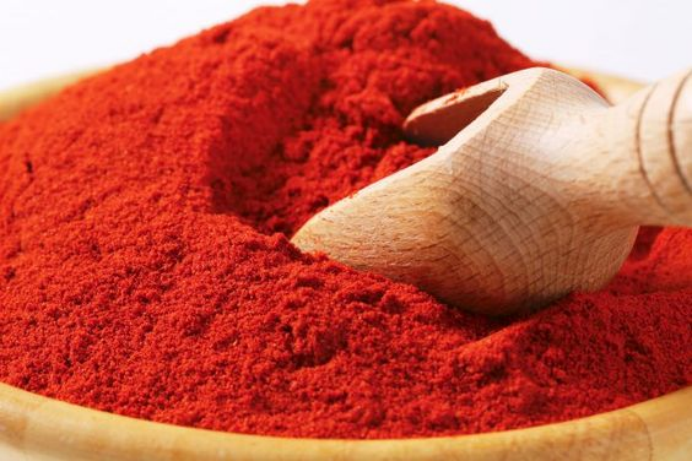- No. 268 Xianghe Street, Economic Development Zone of Xingtai city, Hebei 054001 China
- Byron@hbhongri.cn
Comparing the Flavor Profiles of Cayenne Pepper and Paprika in Culinary Uses
Exploring the World of Cayenne Pepper and Paprika
Cayenne pepper and paprika, two beloved ingredients in the culinary world, not only add flavor and color to dishes but also contribute a range of health benefits. Despite their differences, both spices have found their way into kitchens worldwide, thanks to their unique taste profiles and versatility.
The Essence of Cayenne Pepper
Originating from the Capsicum annuum plant, cayenne pepper is known for its fiery heat and vibrant red color. The heat in cayenne comes from its high concentration of capsaicin, a compound that not only gives it its spicy kick but is also linked to numerous health benefits. Capsaicin is known to boost metabolism, aiding in weight loss, and may even contribute to pain relief when used in topical creams.
Cayenne pepper is often used in a variety of cuisines, particularly in Mexican, Indian, and Cajun cooking. It can enhance soups, stews, and sauces, providing a warm and spicy depth that elevates the dish. A little cayenne can transform a bland meal into a bold experience, enticing the palate with its fiery essence.
Moreover, cayenne pepper can be a great addition to marinades and spice rubs, making it popular among chefs and home cooks alike. It’s also increasingly used in health-conscious recipes, including smoothies and juices, to add a burst of heat and excitement.
The Allure of Paprika
On the other hand, paprika, which is made from ground bell peppers or other types of mild peppers, offers a contrasting flavor profile. Depending on the variety, paprika can range from sweet and mild to hot and smoky. It is a staple in Hungarian cuisine, famously featured in dishes like goulash and paprikash. The vibrant red color of paprika not only makes food visually appealing but also adds a subtle sweetness and earthiness.
cayenne pepper and paprika

Hungarian paprika is particularly renowned and is categorized into several types, including sweet, semi-sweet, and hot paprika. The sweet variety is frequently used to enhance the flavor of stews, roasted vegetables, and dips, while the hot variety can add a spicy twist to a wide range of dishes.
In addition to its culinary uses, paprika is rich in antioxidants, particularly carotenoids, which may support eye health and boost the immune system. The spice is also known for its anti-inflammatory properties, making it a valuable addition to a health-conscious diet.
Culinary Pairings and Uses
Both cayenne pepper and paprika can be used in various dishes, complementing each other beautifully. They are often combined in recipes to create layers of flavor, with cayenne providing heat while paprika adds depth and sweetness. For example, a chili con carne can benefit from both spices, delivering a rich and complex flavor profile.
In addition to traditional cooking, both spices have made their way into innovative modern dishes and beverages. Bartenders have begun using cayenne pepper in cocktails, where its heat can enhance flavors in unexpected ways. Meanwhile, paprika is finding its place in gourmet presentations, from artisanal cheeses to upscale entrees.
A Conclusion of Flavor
In conclusion, cayenne pepper and paprika are not just spices; they are essential ingredients that bring warmth, flavor, and health benefits to our dishes. Whether you prefer the fiery heat of cayenne or the sweet earthiness of paprika, incorporating these spices into your cooking can lead to exciting culinary adventures. Their versatility and unique characteristics remind us of the rich tapestry of flavors found in global cuisine—inviting us to experiment and enjoy the experience. So, next time you’re in the kitchen, consider reaching for cayenne and paprika to spice things up!
-
Turmeric Rhizome Powder: A Golden Treasure from Roots to TableNewsJul.28,2025
-
The Versatile Application Of Crushed Red Hot Peppers: Lighting Up The Red Flames On The Dining TableNewsJul.28,2025
-
The Paprika: A Touch Of Vibrant Red In Color, Flavor, And CultureNewsJul.28,2025
-
Ground Turmeric: A Modern Examination of an Ancient SpiceNewsJul.28,2025
-
Capsicum Liquid Extract: Features, Applications, and ChallengesNewsJul.28,2025
-
Application of Capsicum Liquid Extract in FoodNewsJul.28,2025







